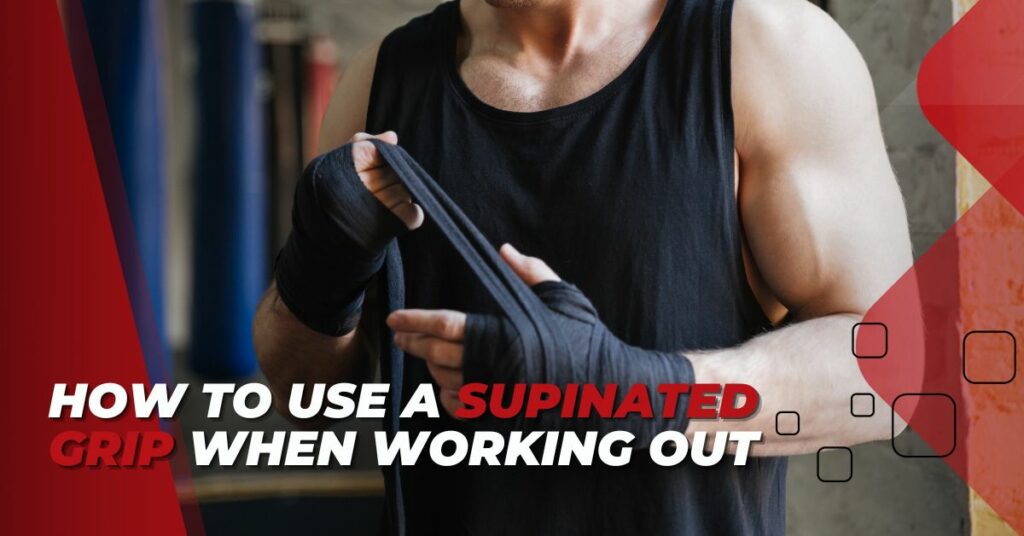
How to Use a Supinated Grip When Working Out
Ever wonder why seemingly small adjustments in life yield the most surprising results?
Take, for instance, the art of hand grips in fitness. A twist here, a turn there, and you’re suddenly engaging entirely different muscle groups.
No wonder professionals in Vancouver and beyond are constantly hunting for these “fitness hacks.”
And did you know that grip strength isn’t just about raw power or athletic prowess? Recent studies indicate that grip strength is intrinsically tied to our overall health and well-being.
In Vancouver’s bustling professional scene, where daily demands often overshadow personal health, understanding and maximizing your grip can be a game-changer.
Troy of Tsquared, a trusted name in Vancouver’s fitness circles, often stresses, “It’s the nuanced details that set apart a transformative workout from a mediocre one.”
So, are you ready to discover what the buzz around the supinated grip is all about? Keep reading, and let’s unravel the mystery together.
What Is a Supinated Grip?
At its core, a supinated grip, sometimes called the supine or supination grip, is all about palm orientation.
Imagine extending your hands out to receive a gift, palms facing the sky—that’s it! You’ve just assumed the supinated position.
But it isn’t just about positioning. This grip actively engages muscles differently.
For instance, during a supinated pull-up, the biceps brachii plays a more dominant role than its pronated counterpart.
The “supinate meaning” goes beyond just a grip; it’s a strategic choice to target specific muscle sets.
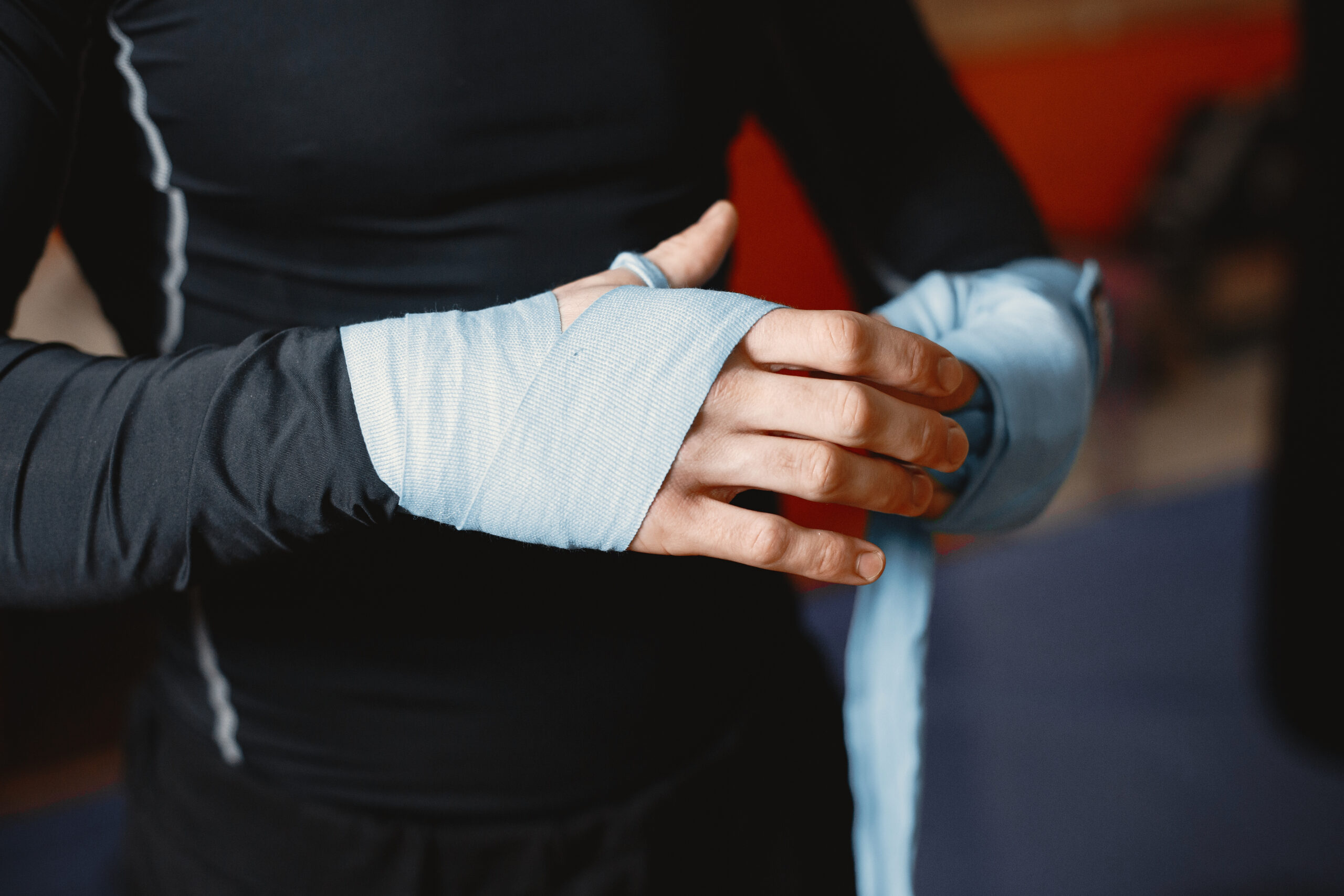
Supinated Grip vs. Pronated Grip: What’s the Difference?
The world of fitness is filled with choices, and the supinated and pronated grips are among the most commonly juxtaposed.
The difference? It’s all in the hands.
In a pronated grip or pronation grip, your palms are positioned away or downwards, almost like you’re shielding yourself from rain.
This orientation means you often engage the forearms and outer biceps more intensely.
On the other hand (pun intended), the supinated or supination of hand grip draws more on the inner biceps.
It’s this dance between the two—supinated vs. pronated—that allows fitness enthusiasts to curate and fine-tune their workouts for maximum impact.
How to Use a Supinated Grip When Working Out
A supinated grip, also called a supination grip, isn’t merely about turning your palms upwards; it’s a strategic shift in muscle engagement. Let’s break it down.
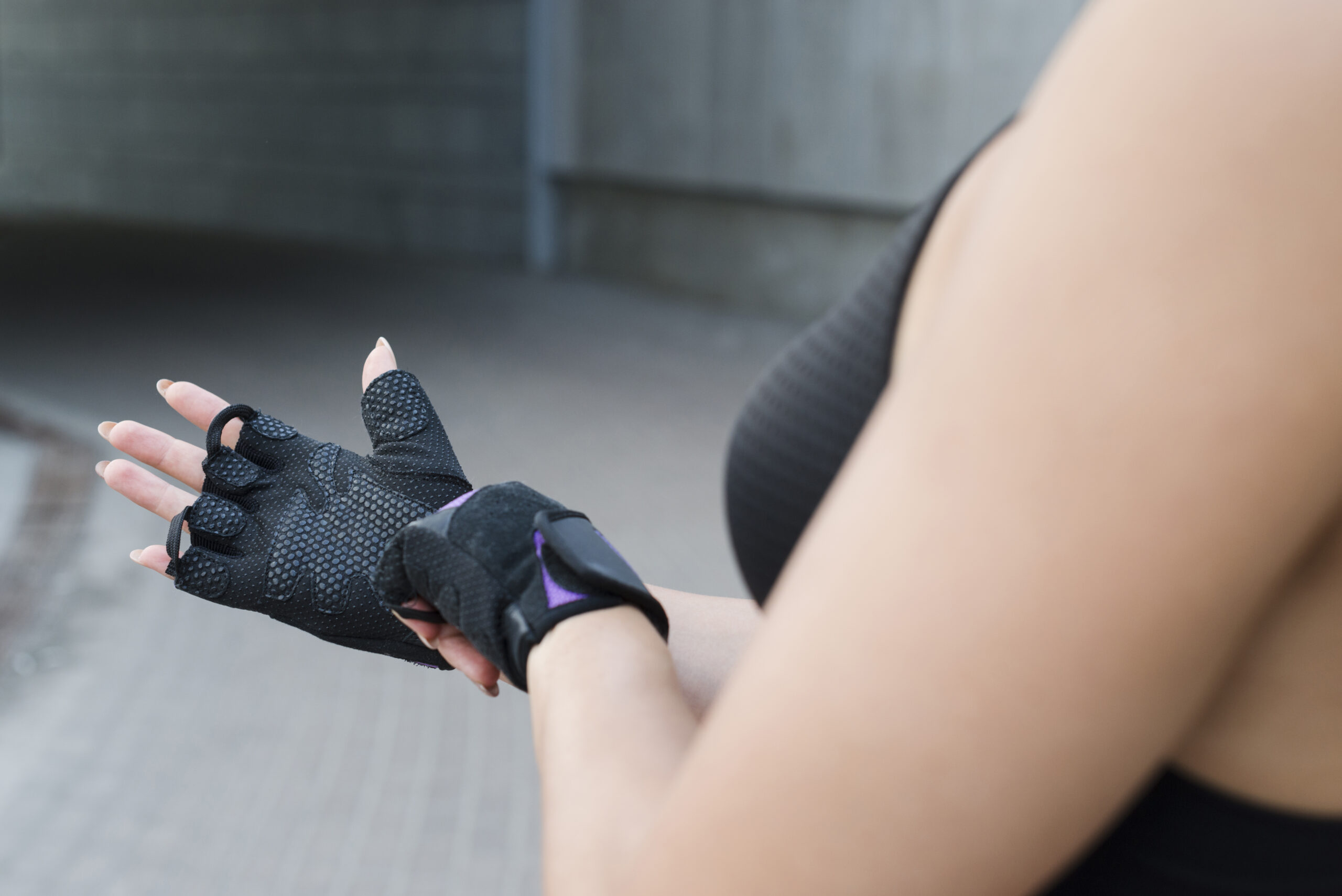
1. Positioning your Hands
First, ensure your palms are facing upwards or towards your body.
This grip activates different muscle groups than its counterpart, the pronated grip.
2. Curls
When doing bicep curls, position your hands with the supinated grip.
As you lift the weight, the supinated grip ensures the primary strain is on your biceps, giving them a proper workout.
The supination of the hand in such exercises can aid in sculpting that desired bicep peak.
3. Pull-Ups
Opt for the supinated grip pull-up.
With your palms facing you, you’re pulling your body weight, activating not only the back muscles but also emphasizing the biceps.
Remember, it’s not just about pulling yourself up; it’s about the quality of muscles engaged during the act.
Common Mistakes to Avoid
Perfecting the supinated grip requires attention to detail. Here’s where most people slip:
1. Overextending the Wrists
While it might seem like a small oversight, an overextended wrist can sideline your fitness journey.
It’s not uncommon to see gym-goers unknowingly bending their wrists excessively.
This posture, while attempting lifts, can lead to undue strain and eventual injury.
Always ensure that your wrist aligns with your forearm, maintaining a neutral position.
If you’re unsure about your form, it might be beneficial to film yourself or ask a knowledgeable friend, or even Troy from Tsquared, for feedback.
2. Using Excessive Weight
We get it; pushing the envelope feels empowering.
But when using the supinated grip, especially if you’re a beginner, it’s essential to start light and gradually build up.
An overly ambitious approach can lead to poor form, a breeding ground for injuries.
Remember, the aim is muscle engagement, not ego lifting.
When you pronate or supinate your grip, the dynamics change; be aware of your body’s limits.
What Is Mixed Grip?
Venturing into the nuanced realm of grips, you’ll encounter the mixed grip—a blend of both worlds. Here’s the breakdown:
When one hand adopts the supinated or supine grip, and the other takes on the pronated grip, you’re in mixed grip territory.
This grip offers a unique combination, often used in exercises like deadlifts, allowing lifters to hoist heavier weights without the bar rolling out of their hands.
Think of it as teamwork, where one hand’s strength compensates for the other’s potential weakness.
But be cautious; alternating between hands during sets is crucial to avoid imbalances and overcompensation.
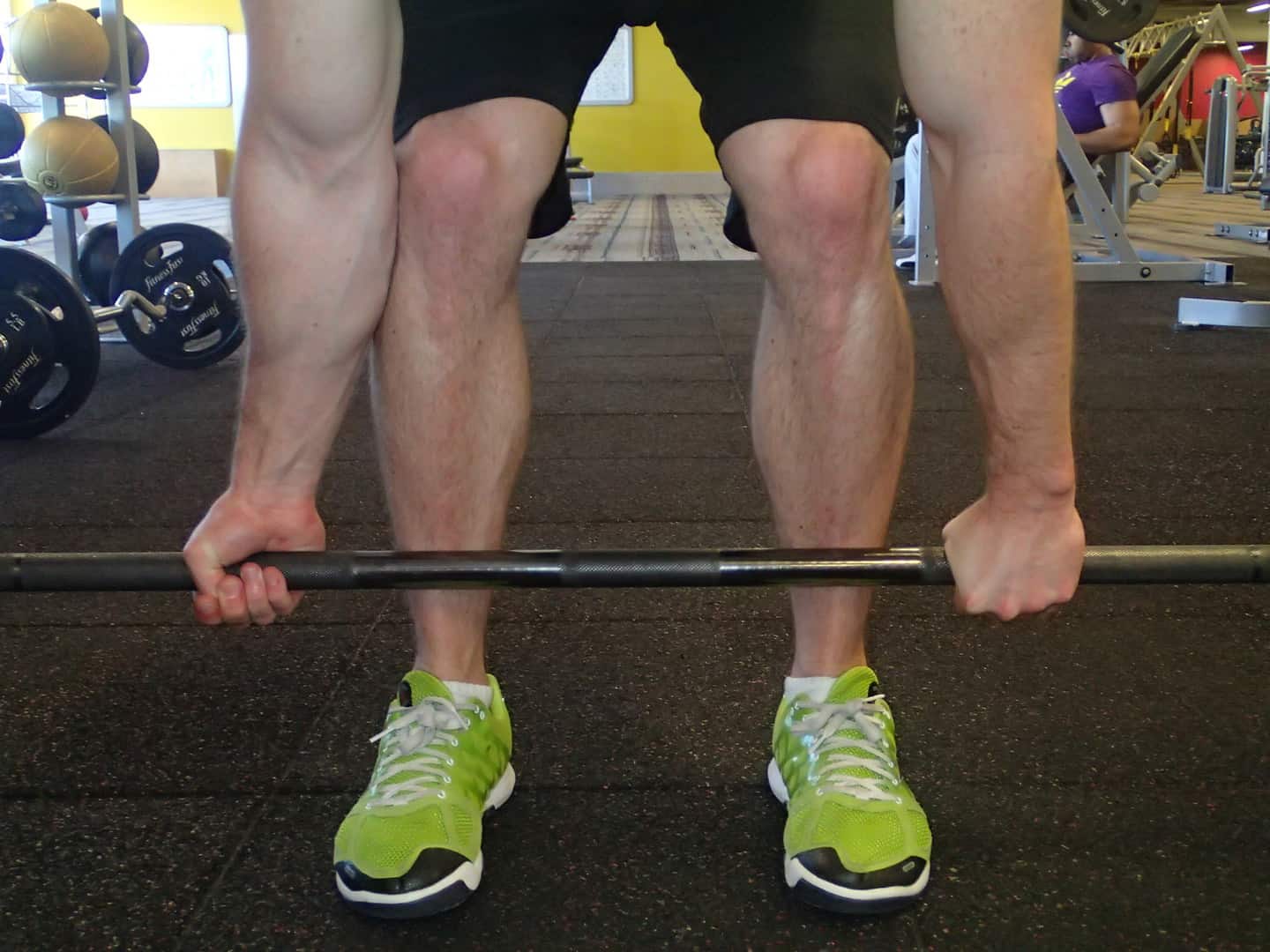
How to Work Out Safely and Avoid Injury
In the hustle of chasing fitness goals, safety sometimes takes the back seat, leading to preventable injuries.
Especially when working with specific grips, such as the supinated or pronated grip, understanding the mechanics can keep those nasty strains at bay. Here’s how:
1. Warm-Up
The age-old advice, yet many skip it. Preparing your muscles is vital.
A good warm-up increases blood flow, making muscles more pliable.
This means less chance of a tear or strain when swinging from that bar doing supinated pull-ups.
2. Understand The Mechanics
Whether it’s a supinated grip pull-up or just a simple curl, knowing how and why you’re doing an exercise is paramount.
This isn’t just for results; it’s for safety.
For instance, understanding the supination of the hand can help you maintain alignment and reduce undue stress on the joints.
3. Keep It Balanced
Overtraining a specific muscle group, especially with a fixed grip (supinated or pronated), can lead to imbalances.
If you’re constantly focusing on supinated grip exercises, you might overlook the muscles utilized more in pronated ones.
Balance is key.
4. Get Feedback
Sometimes, what feels right isn’t.
Consider filming yourself, or better yet, get a professional’s eyes on your form.
A slight adjustment can make a significant difference in both efficacy and safety.
Want to Dive Deeper Into Your Wellness Journey?
While the power of a correct grip, such as supinated or pronated, can’t be underestimated, it’s just the tip of the iceberg.
Wellness is a vast ocean, and every drop of knowledge you add shapes your journey. Ready to navigate?
1. Expand Your Knowledge
Beyond grips, dive into different techniques and training forms.
Ever tried calisthenics or functional training? They can bring about a fresh perspective on fitness.
2. Mindfulness and Recovery
Fitness isn’t just about exertion; it’s about relaxation too. Incorporate stretches, meditation, and rest into your routine.
Understand the meaning behind motions, like the supinate meaning of turning one’s hand or foot upward.
This introspection can create a deeper connection with your exercises.
3. Nutrition
No matter how you grip that dumbbell, if your diet isn’t on point, results will be elusive.
Nutrition fuels your workouts and recovery.
Research, consult, and maybe even experiment (safely) to find what nourishes your body best.
4. Community
Vancouver boasts a vibrant fitness community.
From professionals to enthusiasts, connecting with others can provide motivation, knowledge, and that occasional nudge on days when the couch seems too inviting.
5. Continuous Learning
Whether it’s about the benefits of a supinated vs pronated grip or the latest in intermittent fasting, always be on the lookout for new information.
The world of wellness is ever-evolving; stay curious.
Troy Tyrell Teaches Fitness and Wellness Fundamentals
When you think about the supination of the hand and the technical intricacies of gripping, it might seem like diving deep into the weeds.
However, it’s these precise details where Troy Tyrell shines. At Tsquared, he’s not just throwing around buzzwords like “pronate grip” or “supinated grip pull up”; he’s imparting knowledge rooted in years of hands-on experience.
Did you know that the distinction between supinated vs pronated grip can drastically change the muscles you target and the results you achieve? Troy does, and he teaches it with a clarity that eliminates the confusion.
Many professionals in Vancouver have turned to him when generic gym routines fell short. They wanted more, something tailored, and Troy delivered.
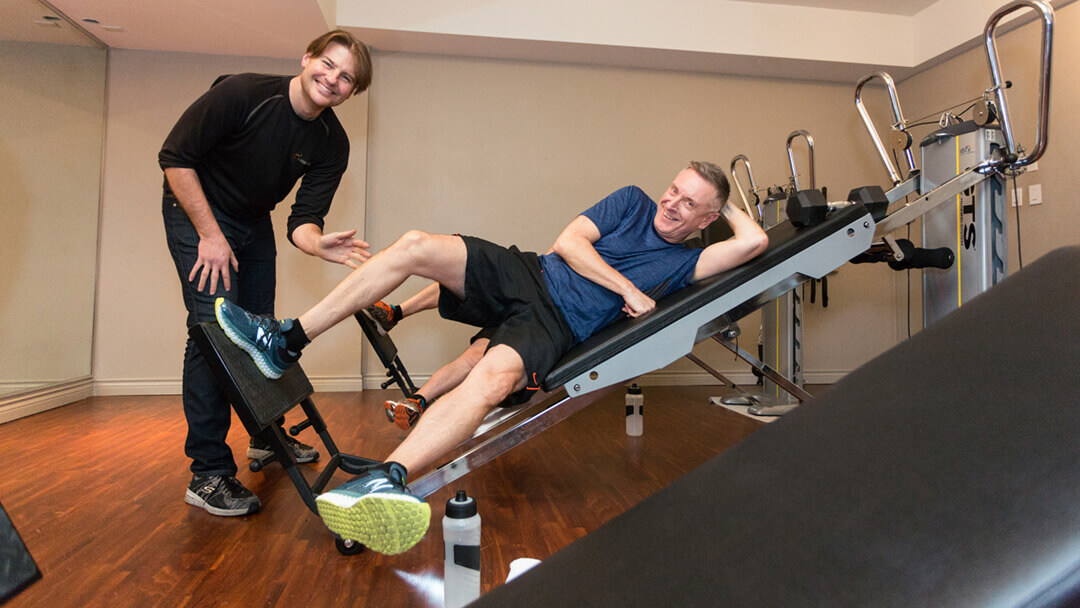
With Troy, you won’t just get a trainer; you get a mentor. Someone who takes the time to explain the “whys” behind every movement.
Want to dive into the biomechanics of a supinated pull-up? Or perhaps understand the difference between a promated grip and a supination grip? Troy’s your go-to.
His sessions are interactive, punctuated with real-life examples and sprinkled with tidbits that make you go, “Aha!”
By the end of just a few classes, you’ll find yourself viewing workouts through a whole new lens, replete with newfound respect for your body and its mechanics.
Wrap Up
In the ever-evolving fitness world, standing out requires more than just regular workouts.
It’s about understanding the subtleties, like the difference between supinated vs pronated grip, and implementing them to enhance our exercise routines.
And when you have a guide like Troy, half the battle is already won.
We started this conversation by discussing the simple nuances of grips and how they impact our training.
Now, armed with this knowledge and the potential of partnering with experts like Troy, the future of your fitness journey in Vancouver looks promising.
So, for those ready to transcend the regular and step into the realm of extraordinary workouts, remember: every grip, every stretch, and every pull matters.
Troy of Tsquared is waiting, ready to unveil the secrets of optimal fitness, all tailored just for you.
It’s more than a workout; it’s a holistic approach to wellness. Dive in and redefine your boundaries.
